Build A New You In Retirement
 You can choose how you want to spend your retirement and new phase of life. You can sit back in the easy chair, watch TV, post and repost on social media or really make a difference in how you feel. You get to decide whether you want to continue on and accept gaining weight and feeling tired or fight back and boost your energy. You can build a new you in retirement, and even though it’s not easy, it can be fun!
You can choose how you want to spend your retirement and new phase of life. You can sit back in the easy chair, watch TV, post and repost on social media or really make a difference in how you feel. You get to decide whether you want to continue on and accept gaining weight and feeling tired or fight back and boost your energy. You can build a new you in retirement, and even though it’s not easy, it can be fun!
You can enjoy your kids and grand kids without depending on them as your social outlet.
One of the problems of getting older is that your social circle tends to dwindle. You don’t see coworkers on a daily basis as part of your routine and often don’t get out with friends as much, since many of your friends don’t have the good health or ambition to get out and socialize. Even when your friends are available, many prefer not to leave the easy chair or their TV. You don’t have to depend on your family to be your social life is you decide to create a new you. Take a break from boredom and come to the gym. Everyone is friendly here and you’ll feel great when you leave.
Besides the social aspect, working out an getting fit after retirement has other benefits.
Sure, you won’t build muscle as quickly as you use to when you were young and might not even lose weight as fast, since you have less muscle mass, but you’ll still notice some great changes after just a few weeks and find there are other perks when you decide to create a new you. You’ll look younger, have more energy, lower your blood pressure and lift your spirit. Bone density improves, as does endurance and strength.
Any type of exercise is good for you, but a program that includes all types of fitness is best.
You have four basic types of fitness, endurance, strength, flexibility and balance. We provide a program that addresses all those types of fitness, to help you live better and more pain free. If you have limiting conditions, you’ll have a modified program that addresses that problem. You’ll find the variety of exercises and equipment will keep you interested and even excited to workout. I know many people who first use kettlebells, love not only their challenge, but also the fact they provide a whole body workout and address several types o fitness at once.
- You really can turn back the hands of time when you workout regularly. Exercise lengthens the telomeres, which protects the chromosomes and keeps you younger on a cellular level.
- Never give up. Life is always filled with surprises, some are good and some more challenging. As long as you keep striving to be a bit better every day, you’ll be amazed at how much you’ll accomplish. Make living healthy and doing something to make you healthier every day a goal.
- While working out is important, so is healthy eating. Take up the challenge to change your menu to more whole foods and ones that are good for you. If you hate cooking, making new types of salads is great!
- Don’t worry if you aren’t sure where to start. You can begin by taking a walk or even coming into Iron Fit where a personal trainer will create a program designed especially for your level of fitness, special needs and goals.



 If you aren’t sure what HIIT workouts are, come into Strong Fit and we’ll show you. It’s not a specific exercise or a type of exercise, but rather a way to do them. It’s a technique where you give the exercise all the effort you have to achieve your maximum for a short period. This intense burst is then followed by a recovery period where you moderate your activity to give your body a rest. That switch from the high intensity to resting not only boosts your heart rate, it also burns fat faster.
If you aren’t sure what HIIT workouts are, come into Strong Fit and we’ll show you. It’s not a specific exercise or a type of exercise, but rather a way to do them. It’s a technique where you give the exercise all the effort you have to achieve your maximum for a short period. This intense burst is then followed by a recovery period where you moderate your activity to give your body a rest. That switch from the high intensity to resting not only boosts your heart rate, it also burns fat faster.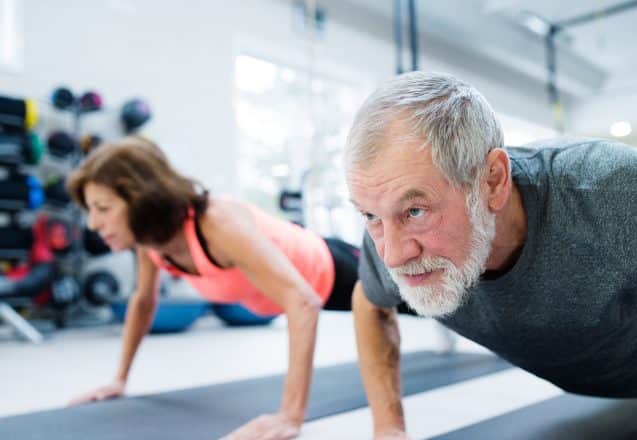
 If you want to stay healthy as you get older do what many of my clients in San Antonio, Texas, do. Make smarter life choices. They know it’s never to late too start making lifestyle changes by working out, eating healthier, getting adequate sleep, drinking more water and more. In fact, you make the decision whether you want to be strong and fit or follow the path we normally attribute to getting older and get frail and weak.
If you want to stay healthy as you get older do what many of my clients in San Antonio, Texas, do. Make smarter life choices. They know it’s never to late too start making lifestyle changes by working out, eating healthier, getting adequate sleep, drinking more water and more. In fact, you make the decision whether you want to be strong and fit or follow the path we normally attribute to getting older and get frail and weak.
 There’s a lot of truth in the saying, “You are what you think.” Your mind makes the difference in your success or failure in many cases. Why? Part of the answer lies in the power of attraction. Don’t get concerned that I’m going to get out crystals and chant. It simply means that when you’re thinking about something, you’re more apt to see it everywhere. An example is seeing a car you want and suddenly, you see it everywhere. Another reason your mind controls your success is that your belief in success determines your motivation and can keep you going until you see it. If you’re struggling meeting your goals, maybe it’s time to examine your attitude toward fitness.
There’s a lot of truth in the saying, “You are what you think.” Your mind makes the difference in your success or failure in many cases. Why? Part of the answer lies in the power of attraction. Don’t get concerned that I’m going to get out crystals and chant. It simply means that when you’re thinking about something, you’re more apt to see it everywhere. An example is seeing a car you want and suddenly, you see it everywhere. Another reason your mind controls your success is that your belief in success determines your motivation and can keep you going until you see it. If you’re struggling meeting your goals, maybe it’s time to examine your attitude toward fitness.
 If you’re out of shape and tired all the time, it almost seems impossible to change that. After all, just getting dressed to workout seems like a chore. Eating healthy seems too hard, too. It takes planning and isn’t nearly as easy as just driving through a quickie burger and grabbing a bite to eat. You don’t have to start all at once. You can take baby steps to build your energy and become stronger. You’ll be loving the fit life the healthier you become. It just feels good, to finally have the energy and spirit that comes from a healthy lifestyle.
If you’re out of shape and tired all the time, it almost seems impossible to change that. After all, just getting dressed to workout seems like a chore. Eating healthy seems too hard, too. It takes planning and isn’t nearly as easy as just driving through a quickie burger and grabbing a bite to eat. You don’t have to start all at once. You can take baby steps to build your energy and become stronger. You’ll be loving the fit life the healthier you become. It just feels good, to finally have the energy and spirit that comes from a healthy lifestyle.
 If you’ve ever heard the term fit and finish, you probably never thought about where it came from. It’s from the automotive industry and describes how the parts fit together and how the final finish looks. It’s been used to describe people who are living a healthier lifestyle and with good reason. When you’re living a healthy lifestyle, the lumps and bumps of overweight disappear. Your body runs smoother and you’re just healthier. There are fewer injuries and illnesses. You look and feel better.
If you’ve ever heard the term fit and finish, you probably never thought about where it came from. It’s from the automotive industry and describes how the parts fit together and how the final finish looks. It’s been used to describe people who are living a healthier lifestyle and with good reason. When you’re living a healthy lifestyle, the lumps and bumps of overweight disappear. Your body runs smoother and you’re just healthier. There are fewer injuries and illnesses. You look and feel better.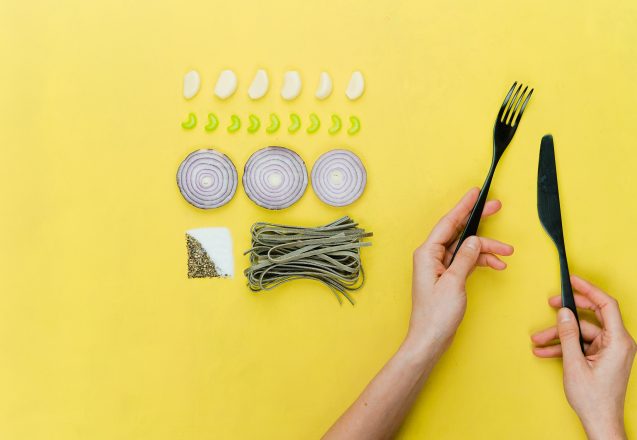
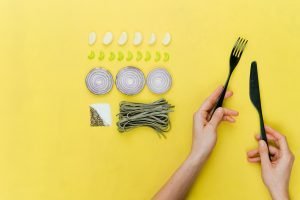 So many of my clients in San Antonio, Texas, have actually thanked me for helping them to eat healthier. It’s for a couple of reasons. The first and the most important is that they feel so much better and are losing weight without extra effort or feeling deprived. The second is that preparation time for a meal is often cut in half, since eating healthy means you eat simple and normally don’t spend hours slaving over a hot stove. That’s actually the first key to eating healthy, simple is best.
So many of my clients in San Antonio, Texas, have actually thanked me for helping them to eat healthier. It’s for a couple of reasons. The first and the most important is that they feel so much better and are losing weight without extra effort or feeling deprived. The second is that preparation time for a meal is often cut in half, since eating healthy means you eat simple and normally don’t spend hours slaving over a hot stove. That’s actually the first key to eating healthy, simple is best.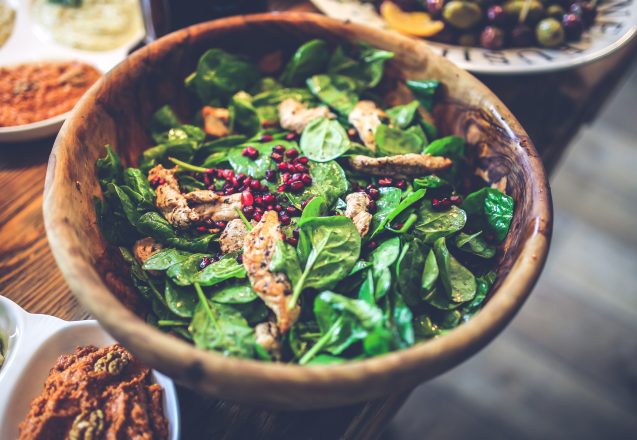
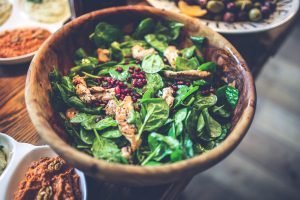 I hate diets and so do most of my clients in San Antonio, Texas. That’s why healthy eating is so popular. It’s not about depriving yourself, but more about making small changes and smarter food choices. It’s about making substitutions that you don’t notice in taste or satisfaction, but increase the nutrition and lower calories. Here are some tricks to cut calories that save a few calories. It may not seem like much, but add all those small changes together and you’ll notice weight loss is easy.
I hate diets and so do most of my clients in San Antonio, Texas. That’s why healthy eating is so popular. It’s not about depriving yourself, but more about making small changes and smarter food choices. It’s about making substitutions that you don’t notice in taste or satisfaction, but increase the nutrition and lower calories. Here are some tricks to cut calories that save a few calories. It may not seem like much, but add all those small changes together and you’ll notice weight loss is easy.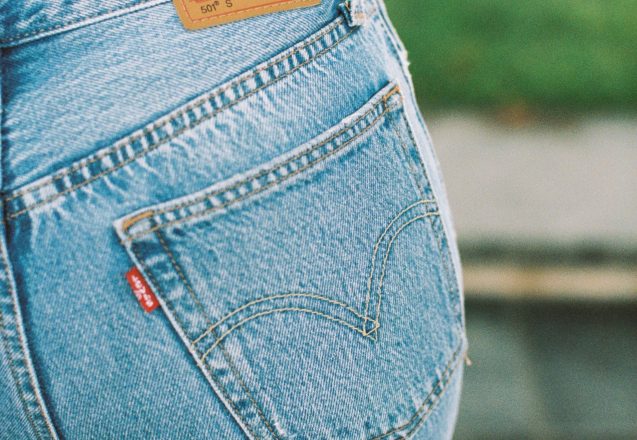
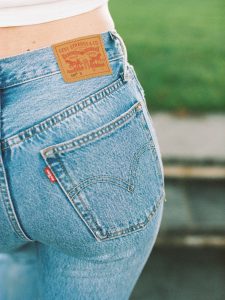 Sure it’s cute. Your special someone calls your donut roll/muffin tops, love handles, but it doesn’t make you any less self-conscious or embarrassed, no matter what your gender. Love handles are those rolls of excess fat at the side around your waist. They lap over the top of your jeans and make clothing fit uncomfortably tight around the middle. Getting rid of them can help restore your confidence, while you tone the rest of your body at the same time. Here are some workouts to get rid of love handles and some other helpful tips.
Sure it’s cute. Your special someone calls your donut roll/muffin tops, love handles, but it doesn’t make you any less self-conscious or embarrassed, no matter what your gender. Love handles are those rolls of excess fat at the side around your waist. They lap over the top of your jeans and make clothing fit uncomfortably tight around the middle. Getting rid of them can help restore your confidence, while you tone the rest of your body at the same time. Here are some workouts to get rid of love handles and some other helpful tips.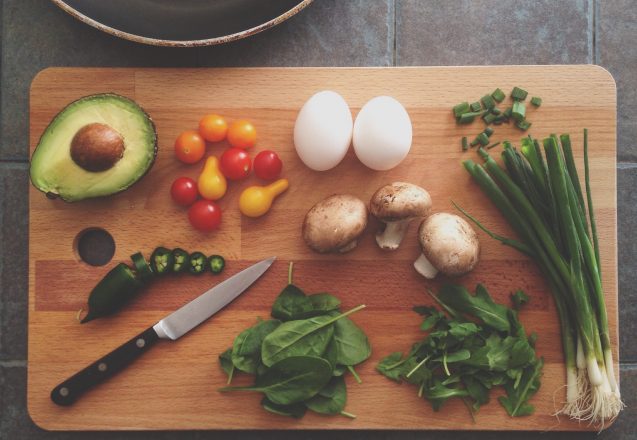
 Yes, there’s no doubt that you can lose weight without exercising, but why would you. Exercise makes the process of weight loss go much faster, plus it has other health benefits. Losing weight without exercising is like bailing water out of a boat with a teaspoon. It’s doable, but a whole lot tougher. Exercise does more than just burn calories, but if it only did that, it would be worth the time to add it to your schedule. Even if you only burn 200 extra calories every time, that translates to losing two extra pounds lost 35 days.
Yes, there’s no doubt that you can lose weight without exercising, but why would you. Exercise makes the process of weight loss go much faster, plus it has other health benefits. Losing weight without exercising is like bailing water out of a boat with a teaspoon. It’s doable, but a whole lot tougher. Exercise does more than just burn calories, but if it only did that, it would be worth the time to add it to your schedule. Even if you only burn 200 extra calories every time, that translates to losing two extra pounds lost 35 days.